
Nonprofit Leadership in Times of Crisis
By Cristina Silingardi
Nonprofit organizations can be particularly hard-hit by unforeseen crises. In most instances, they face these challenges with lower financial reserves than most – reserves that could help them weather the storm were they more substantial. As supporters and contributors contend with personal and business concerns of their own, fundraising efforts languish and donations drop. As a result, some nonprofits are forced to shutter services, reduce or restructure staffing, and make many other difficult decisions.
For several US-based nonprofits, the impacts of COVID-19 were compounded nationally by social and political upheaval, and locally by challenges that included weather emergencies, homelessness issues, and even mass shootings borne of mental health struggles. Our vcfo team saw this firsthand, as our Finance and HR services teams partnered with nonprofit organizations such as Ronald McDonald House Charities of Central Texas (RMHC CTX), Shalom Austin, the Aurora Mental Health Center, and CaringBridge to help them contend with these challenges while continuing to serve the communities and individuals that depend on them.
These organizations began by acknowledging present realities, effectively communicating with employees, volunteers, and external stakeholders, and reaffirming their organizations’ missions and roles in the context of the crises at hand. Above all, these organizations endured by staying true to their non-negotiable missions and values through every decision made and action taken.
Mission-Minded and Business-Focused
One relatively positive outcome of the pandemic was that it required nonprofit leaders to substantially sharpen their business acumen. Specifically, it compelled deep and immediate examinations of operational redundancy (what should be started/stopped/continued), pivots in processes, and new insights on the value of multiskilled employees who could add efficiency through temporary cross-functional role coverage.
For RMHC CTX, which keeps families with sick children near the medical care their children need, the pandemic forced the organization to make operational changes to meet safety protocols and to continue providing families with essential services such as a comfortable place to sleep and daily warm meals. Carolyn Schwarz, CEO of RMHC CTX, also recognized and decisively acted on an opportunity to showcase the organization’s importance, as the pandemic coincided with and illuminated in-progress plans to elevate and promote the level of services RMHC CTX provides. “RMHC CTX’s mission is built on the idea of community, and we provide a home-away-from-home for thousands of families with critically ill or injured children each year,” says Schwarz. “The pandemic meant that our team had to pivot our operations 180 degrees to serve families while utilizing social distancing and other safety protocols. The pandemic also gave our team the opportunity to remind the community that we are essential workers on the front-line of family-centered healthcare. Our doors remained open throughout the pandemic and the need has only grown.”
In the case of Shalom Austin, which serves as a hub for Jewish life in Austin, they undertook a critical review of organizational activities to optimally inform decisions related to personnel reductions that were unfortunately needed so that they could continue connecting and empowering their members and the broader community. Rabbi Daniel Septimus, CEO of Shalom Austin, demonstrated compassionate and caring leadership in carrying out the changes and communicating how the organization’s mission guided their actions. By focusing on the most impactful programs with the widest reach, Shalom Austin stayed true to its mission, despite the reductions in force. “As difficult as the process was, it provided us with some great learning opportunities that will pay dividends in the future as we look to grow and remain mission centric.” says Rabbi Septimus.
The MBA background of Dr. Kelly Phillips-Henry, CEO of Aurora Mental Health Center, helped her view the state of the Certified Community Behavioral Health Clinic she leads through four interconnected business lenses, plus a fifth oriented to nonprofits. Strategy came first, which meant assessing the strategic plan of the organization and what enhancements were needed. Next came an examination of structure to weigh the merits, necessities, and efficiency of respective service lines. That led to people – ensuring that benefits, pay equity, competitive wages, and staffing were in line with the needs of the organization and those it serves. The next lens was financial health to ensure sustainability, fiscal responsibility, and the ability to plan not only for operational budgets, but also for needed capital improvements. The fifth lens is community connection – assessing one’s mission and services in the context of community needs and parallel services extended by other organizations, such as police and municipal governments.
Tia Newcomer, CEO of CaringBridge, experienced an even more unique challenge by taking on the leadership role at the tail end of the pandemic. Even still, she has three key observations in order for non-profit organizations to best pivot in a post-pandemic world:
- Operate more like a for-profit business. Why is there a distinction between for-profits and non-profits? At the end of the day, we create revenue and should be spending it towards fulfilling a larger purpose.
- Don’t apologize for how you spend your donations to fuel the vision and mission of your organization. We were able to garner a double-digit growth in charitable giving by combining a donation appeal with how the donation would fuel our vision.
- The above goes hand-in-hand with being a data-driven organization. This makes it easy to tell your donors – from small to large – what tangible, quantifiable success was driven to fulfill the mission using their donations.”
Acting with Empathy and Intention
Crises are never welcomed and the needs of those served by nonprofit organizations do not dissipate when they arise. Crises introduce anxiety, uncertainty, fear, and sometimes, tragedy. Those who experience the impacts of these events look to leaders to show them light in the darkness – light that will mark the way forward. Actions of nonprofit leaders that effectively guide their organizations through crisis commonly include:
- Pivoting thoughtfully and decisively to address short-term, crisis-climate conditions
- Challenging and reimagining what long-term sustainability looks like for the organization
- Restructuring and reorganizing individuals and teams as needed to introduce efficiencies and support the continuation or addition of services
- Steadfastly focusing on employees and celebrating small victories as reminders of bigger victories to come
- Clarifying and recommunicating the organization’s role during a crisis to shore up support or expand or enhance services
While many understandably want to put the trials and tribulations of the last couple of years behind them, it’s important not to lose sight of lessons we’ve learned along the way. One thing is for sure – crises know no season and will come again in varying degrees and forms. When they do, some will succumb, some will survive, and some will find new paths for success. To be counted among the group forging new paths for success requires nonprofit leaders to make sure their organization’s mission remains at the center of everything they do.
For more information, visit vcfo.com.
Latest Posts

Dell JCC Celebrates its Members with Two Milestone Events in April and May
Members enjoy a Mega Zumba event to celebrate the Dell JCC's one-year anniversary on April 26, 2024. Credit: Dalia Galpern By Thy Hooks and Wendy Goodman The Dell JCC celebrated the first anniversary of its new building opening on April 26, 2024. To mark the...
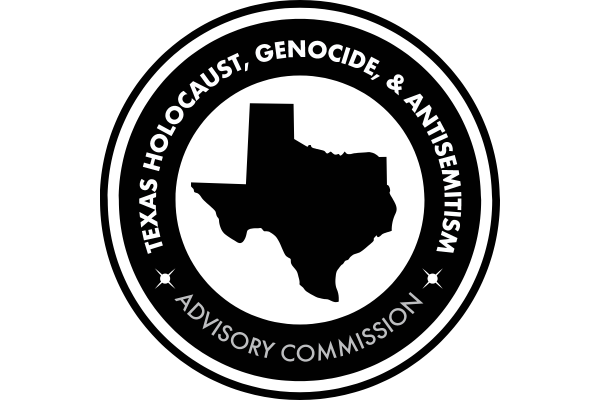
Efforts to Fight Campus Antisemitism Welcomed by Texas Commission
The Texas Holocaust, Genocide, and Antisemitism Advisory Commission (THGAAC) welcomes Governor Greg Abbott’s recent executive order to fight antisemitism at colleges and universities and ensure a safe learning environment for Jewish students and all Texans. “We are...
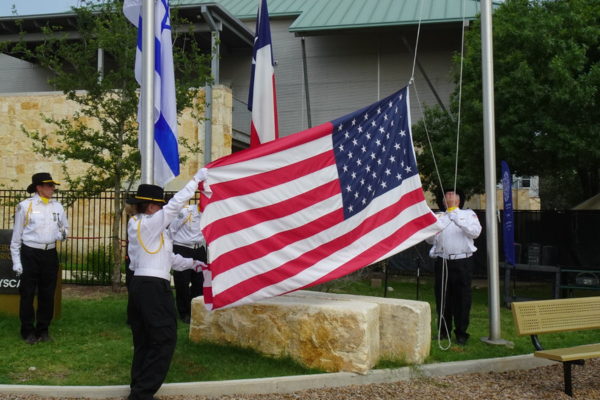
Memorial Day Mitzvah: Jewish War Veterans Post 757 Honors the Fallen
From left to right: Gregg Philipson holding bugle; Alana Pompa and Bob Kaplan beginning to hoist the flag. Credit: Steve Krant By Steve Krant, U.S. Air Force (Retired) In a time-honored tradition, Austin’s Post 757, Jewish War Veterans of the USA (JWV) performed a...
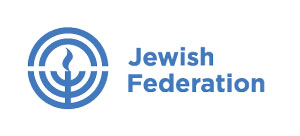
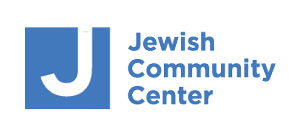
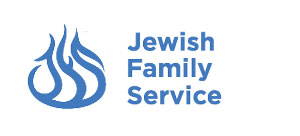
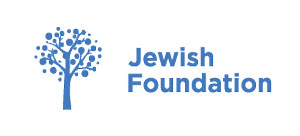
HEALTH & WELLNESS
Fitness
Swimming
Tennis & Pickleball
Sports
EDUCATION
Jewish Culture & Education
Early Childhood Program Preschool
After School & Childcare
Camps
ARTS & CULTURE
Literary Arts
Visual Arts
Theatre & Film
Dance
COUNSELING & SUPPORT
Jewish Family Service
Counseling & Groups
Case Management
References & Resources
Copyright Shalom Austin 2025. Privacy Policy.
